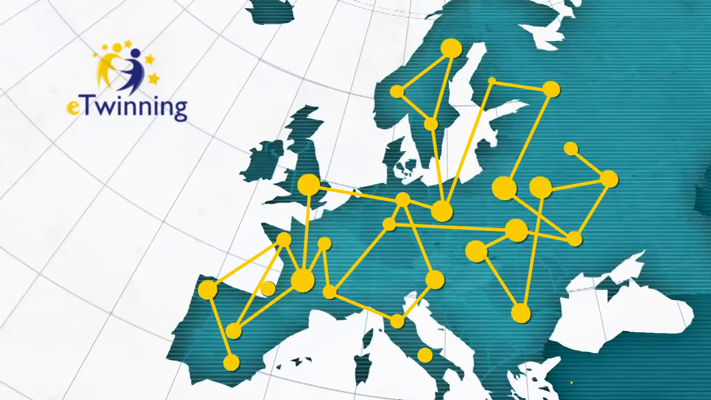Last month, a total of 2644 eTwinning projects received the European Quality
Label 2016 for their outstanding work and I am very happy to write the names of
the teachers and projects from the Basque Country below these lines:
- Amaya Alonso
IES
Antonio Trueba
Project: Go look in the mirror
Amaya is one of our CLIL Seminar participants and she has kindly shared their project with us. You can access it from here.
Another three teachers whose projects have been awarded the European Quality
Label are the following:
- Idoia Ajuria
Artxandako
Trueba Ikastetxea
Project: IC what UC
- Maite Elejalde
CEP
Virgen de la Guia
Project: Our
eTwin diary
- Izaskun Insausti
Txingudi BHI
Project: My grandmother's stories
I would like to express my heartfelt congratulations to these teachers and encourage all of you to start taking part in eTwinning. How can you start? I will gladfully spend some time in our next seminar session on this challenging project but in the meantime, I am sure that the following video will be highly clarifying:
Therefore, you can start joining the eTwinning Community by registering on https://www.etwinning.net/en/pub/index.htm. Then, you can catch
a glimpse at the eTwinning Europe youtube
channel so that you check how eTwinning is perfect for
CLIL contexts because it can be carried out in different languages and it can be applied to any content area.
To be continued in
January 2017…
Meanwhile, please
let me say to all and each of you:
“You are a dreamer, and you are an achiever. May you dream and achieve
bigger feats, with every passing year. Merry Christmas and Happy New year 2017.”


